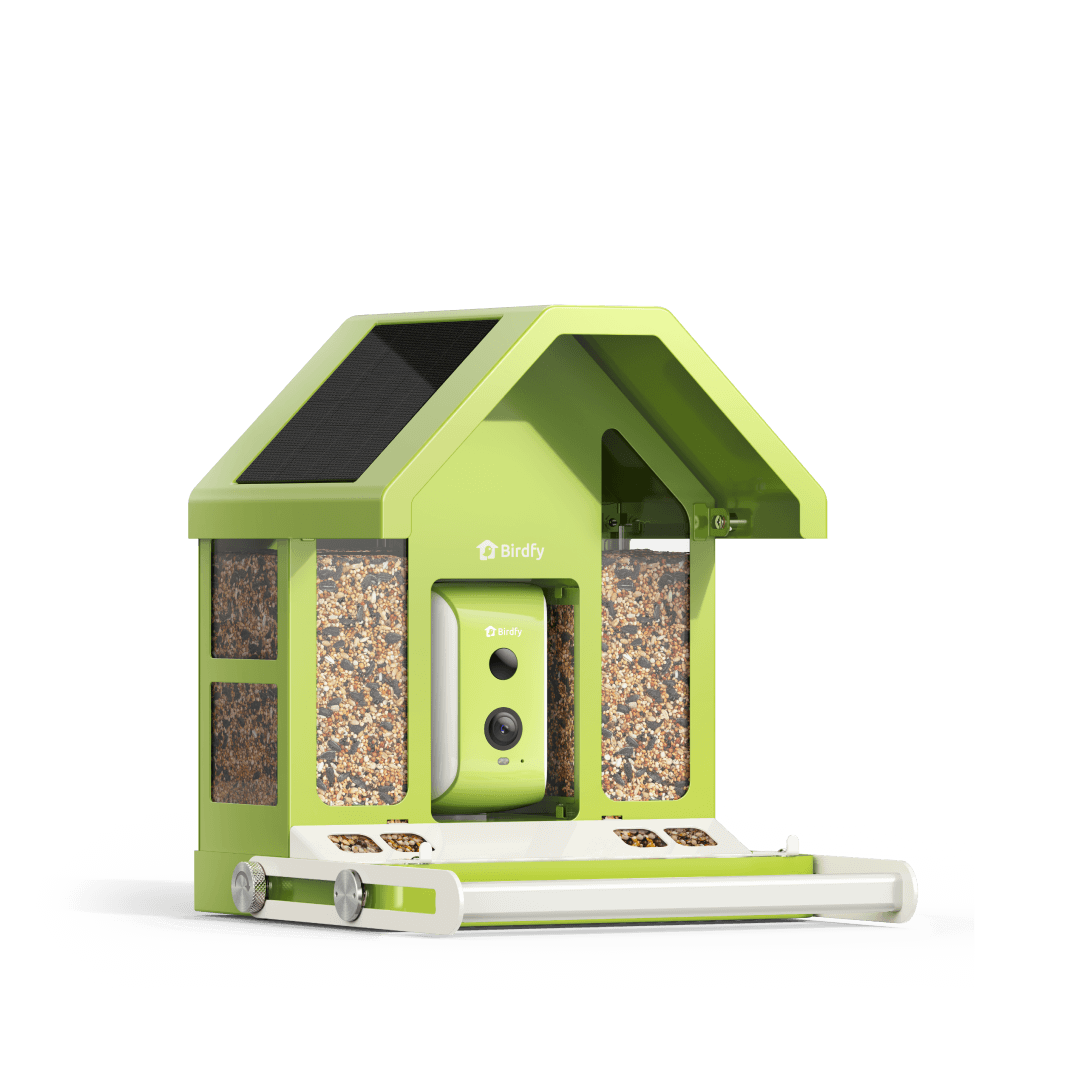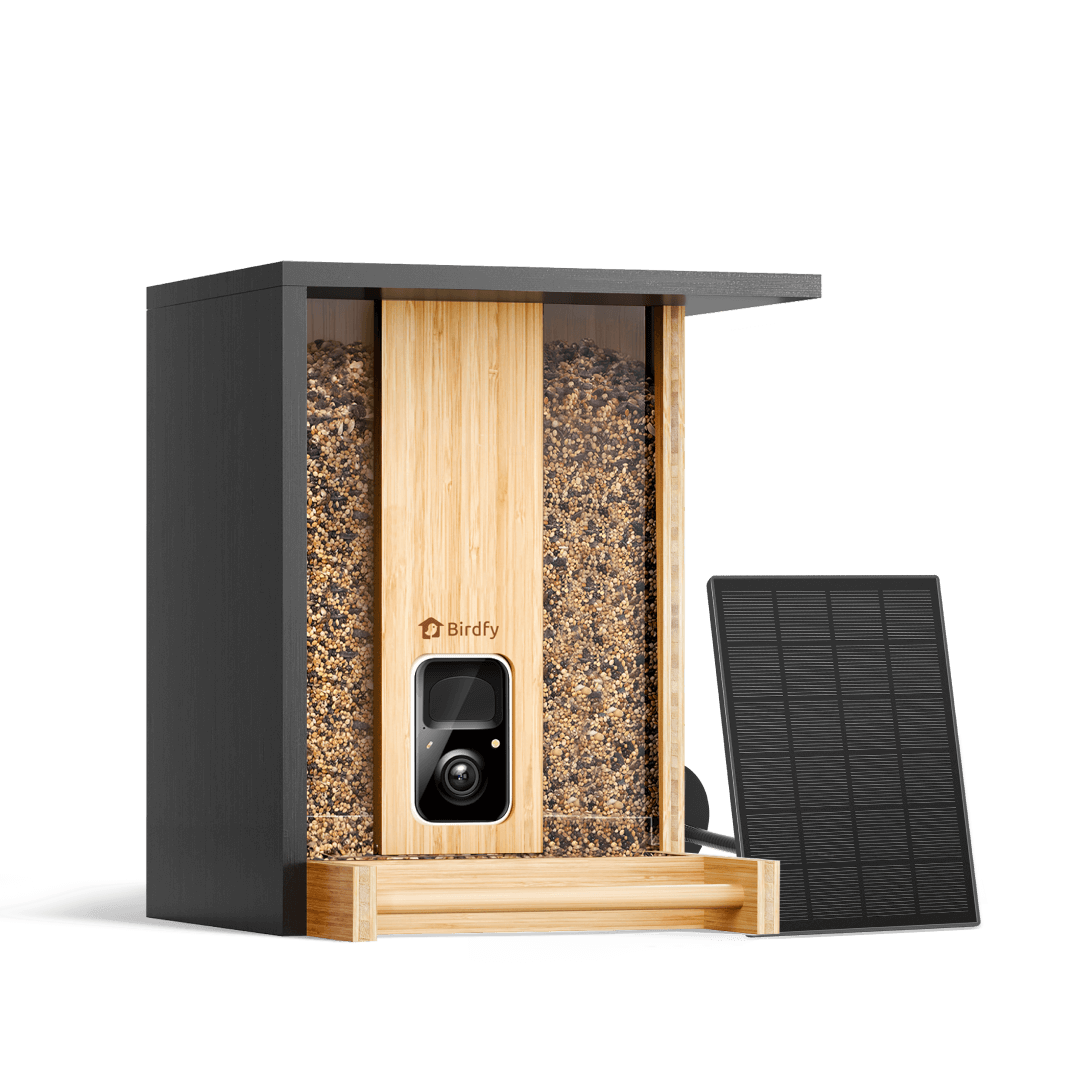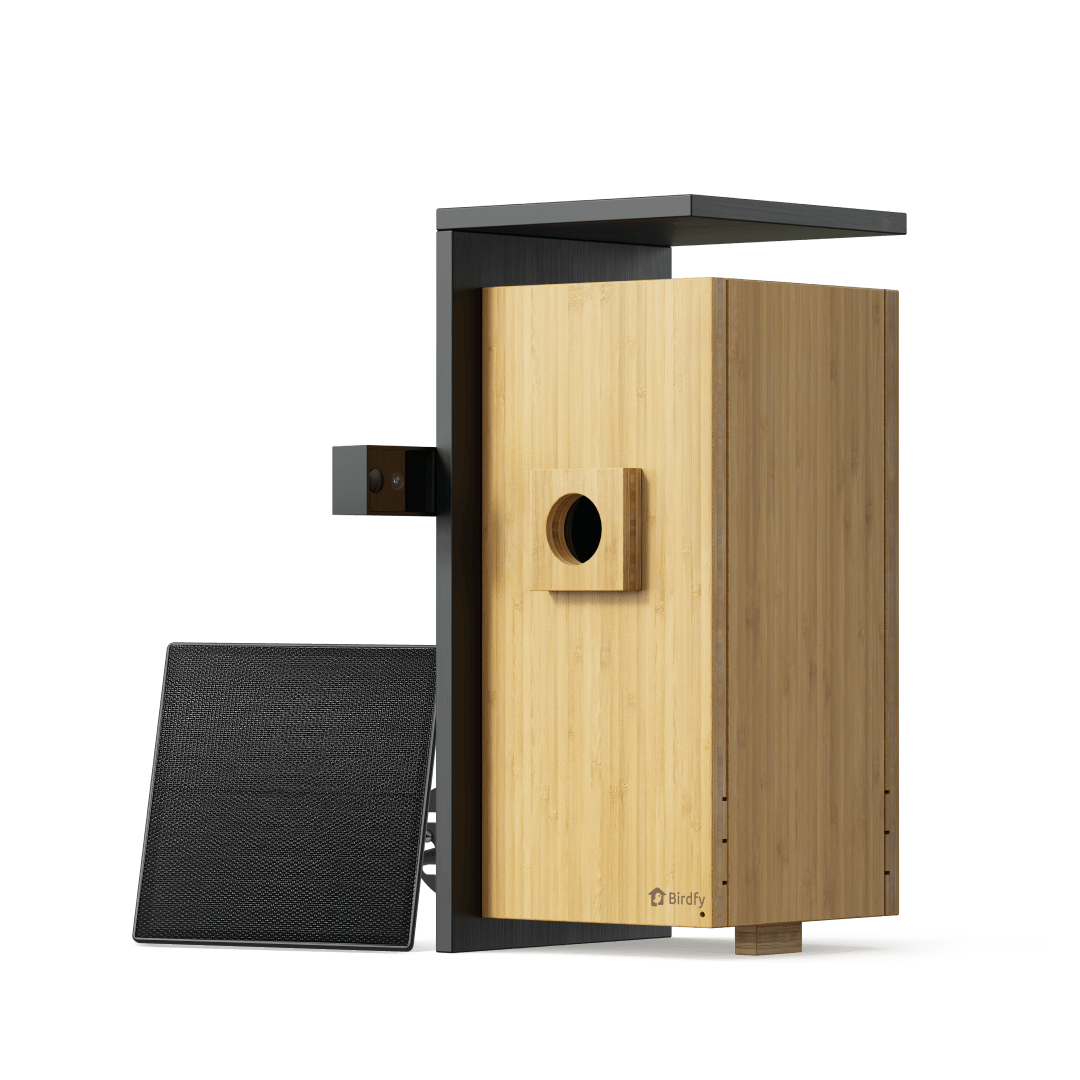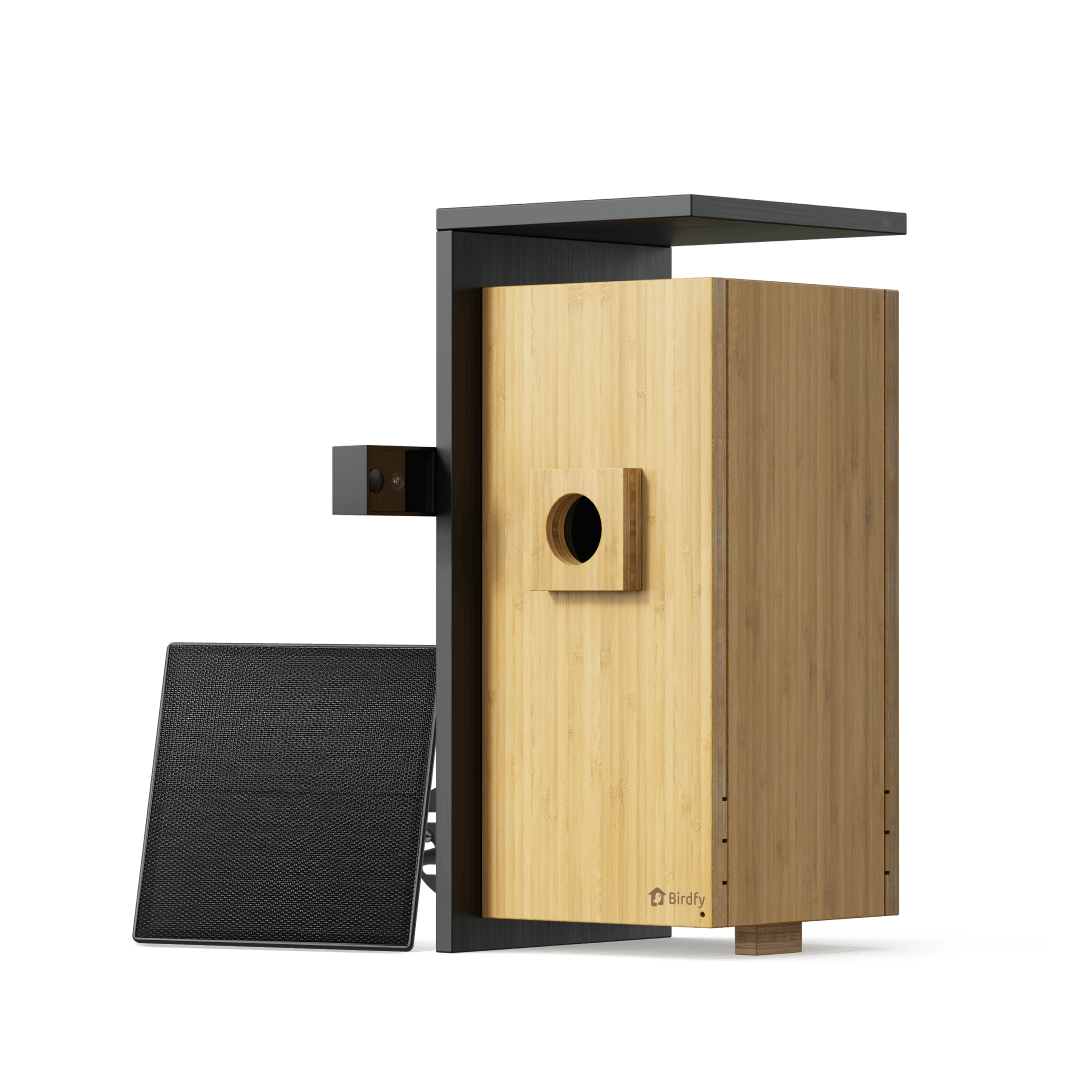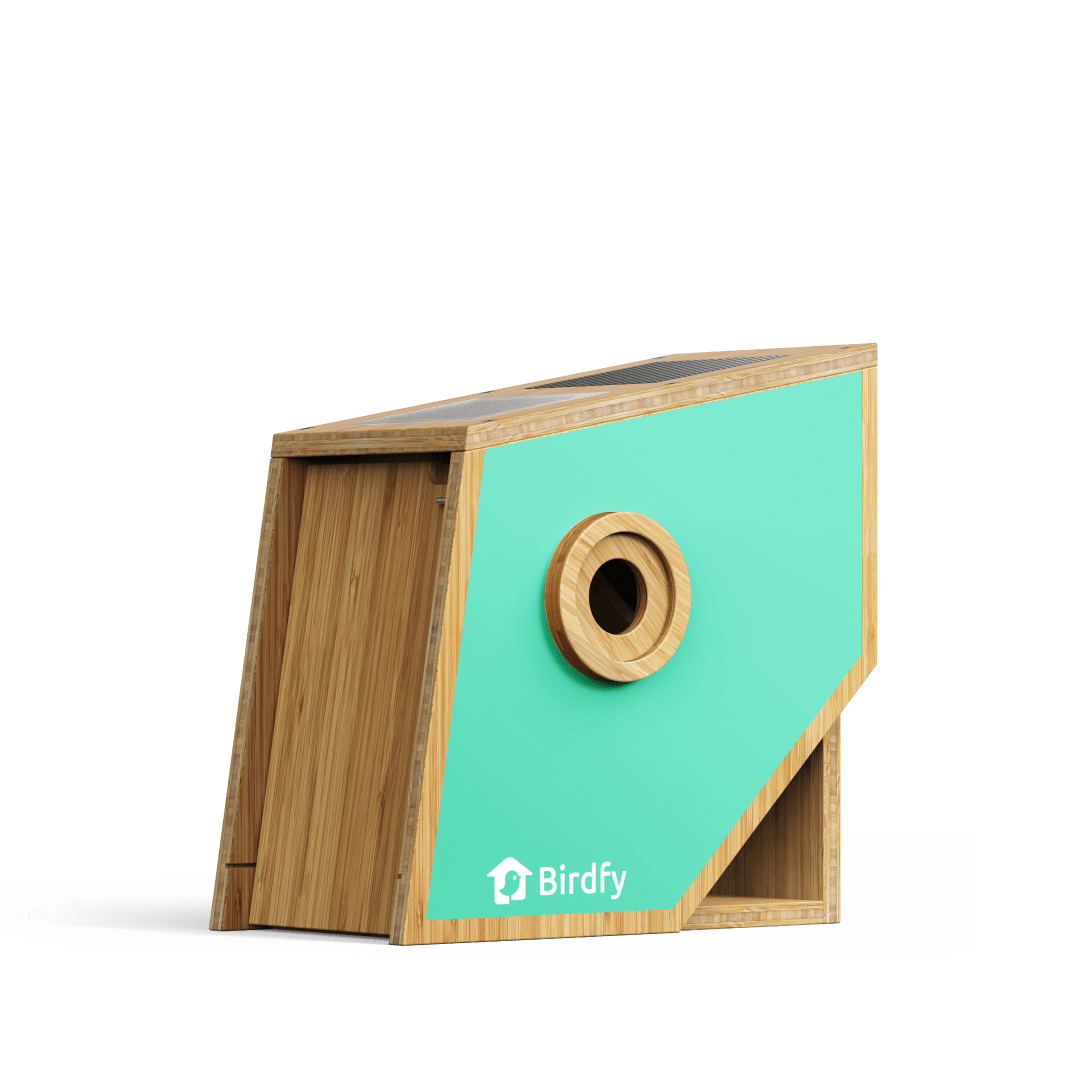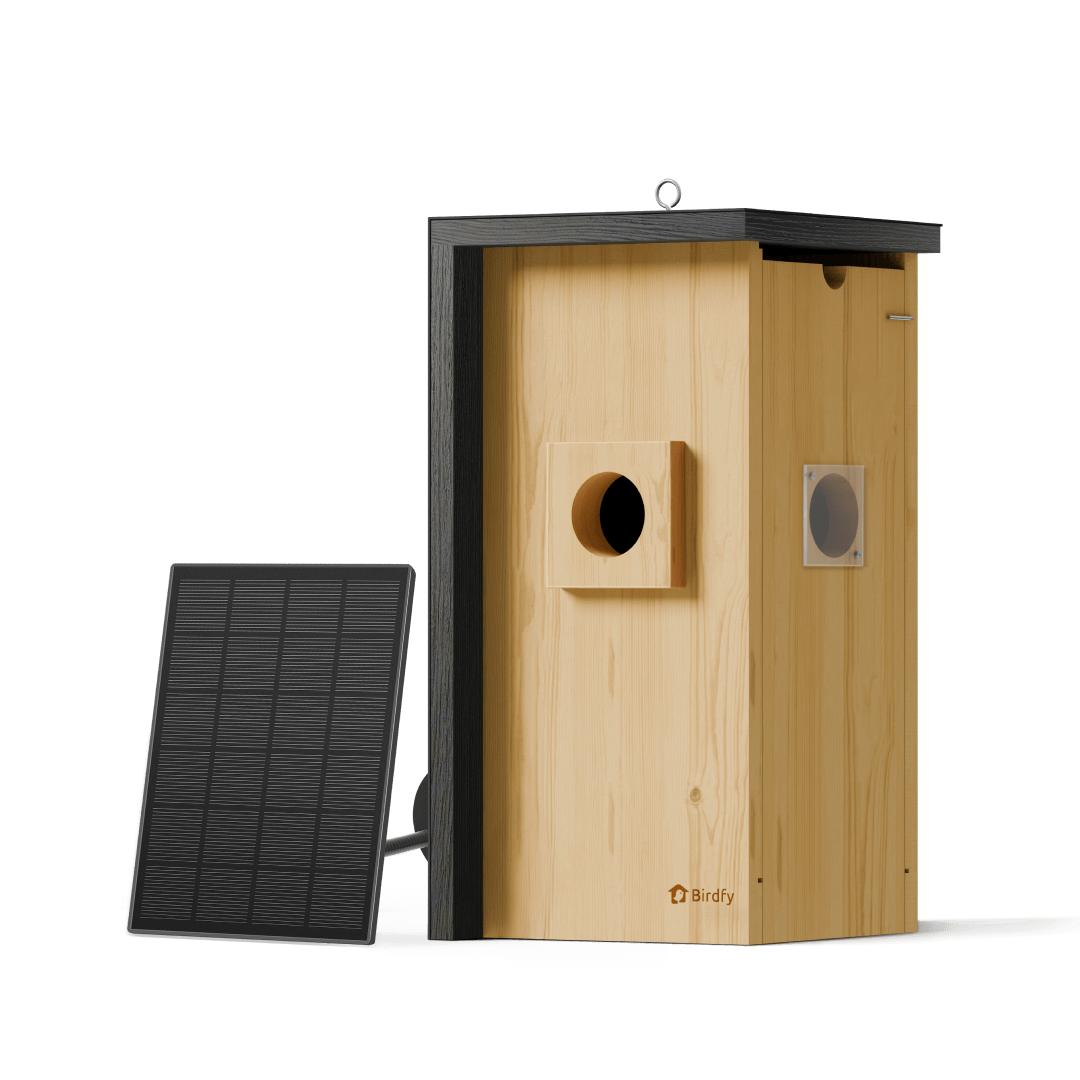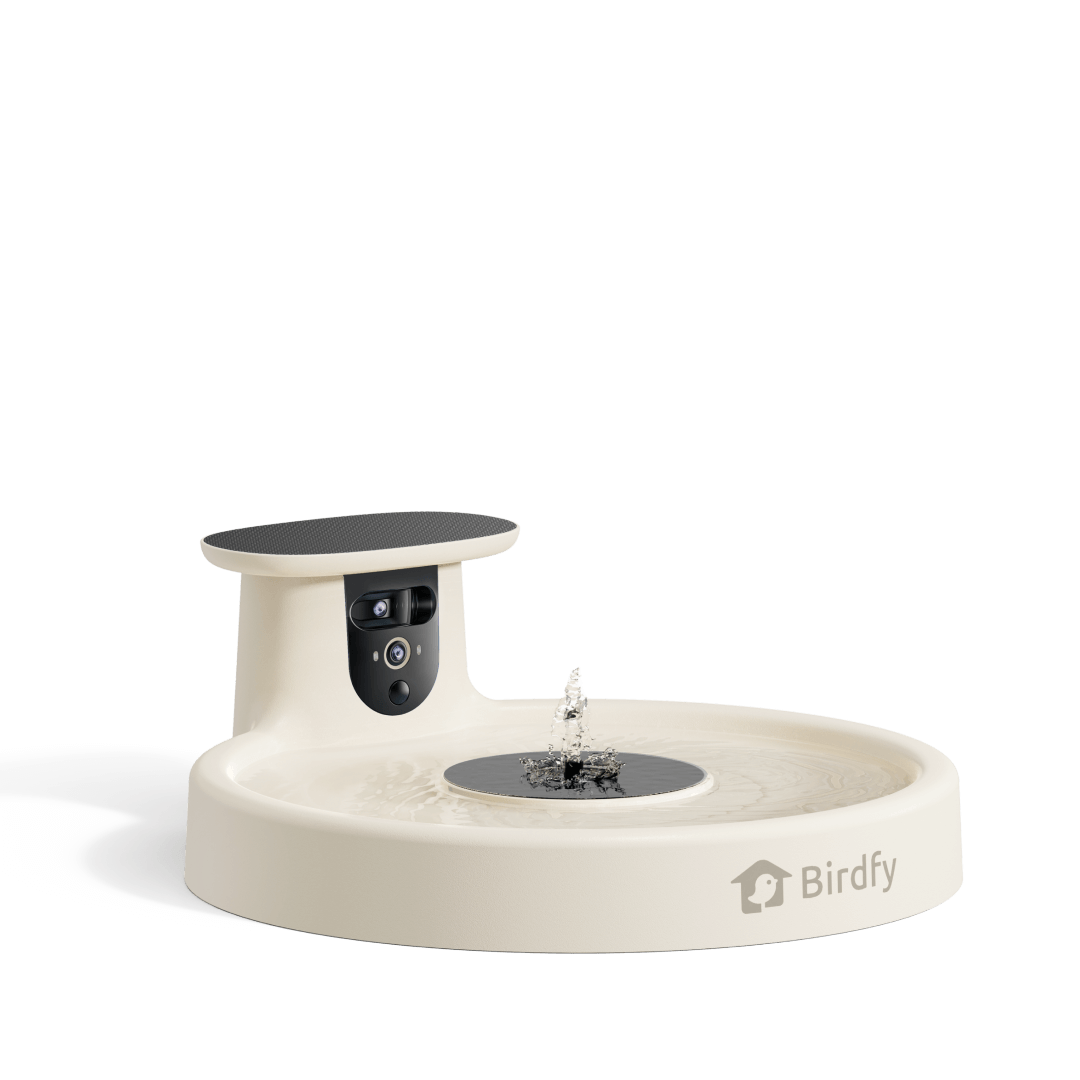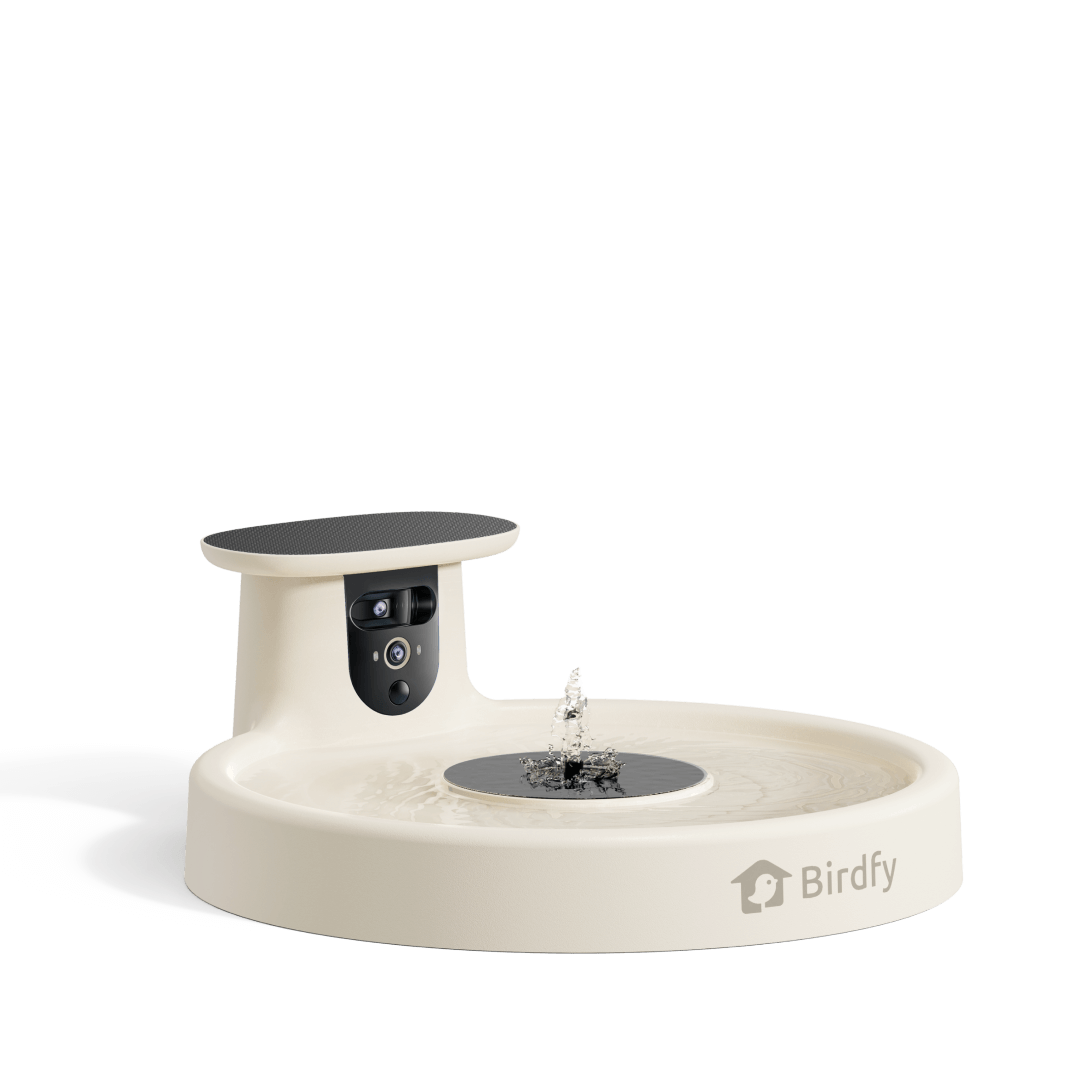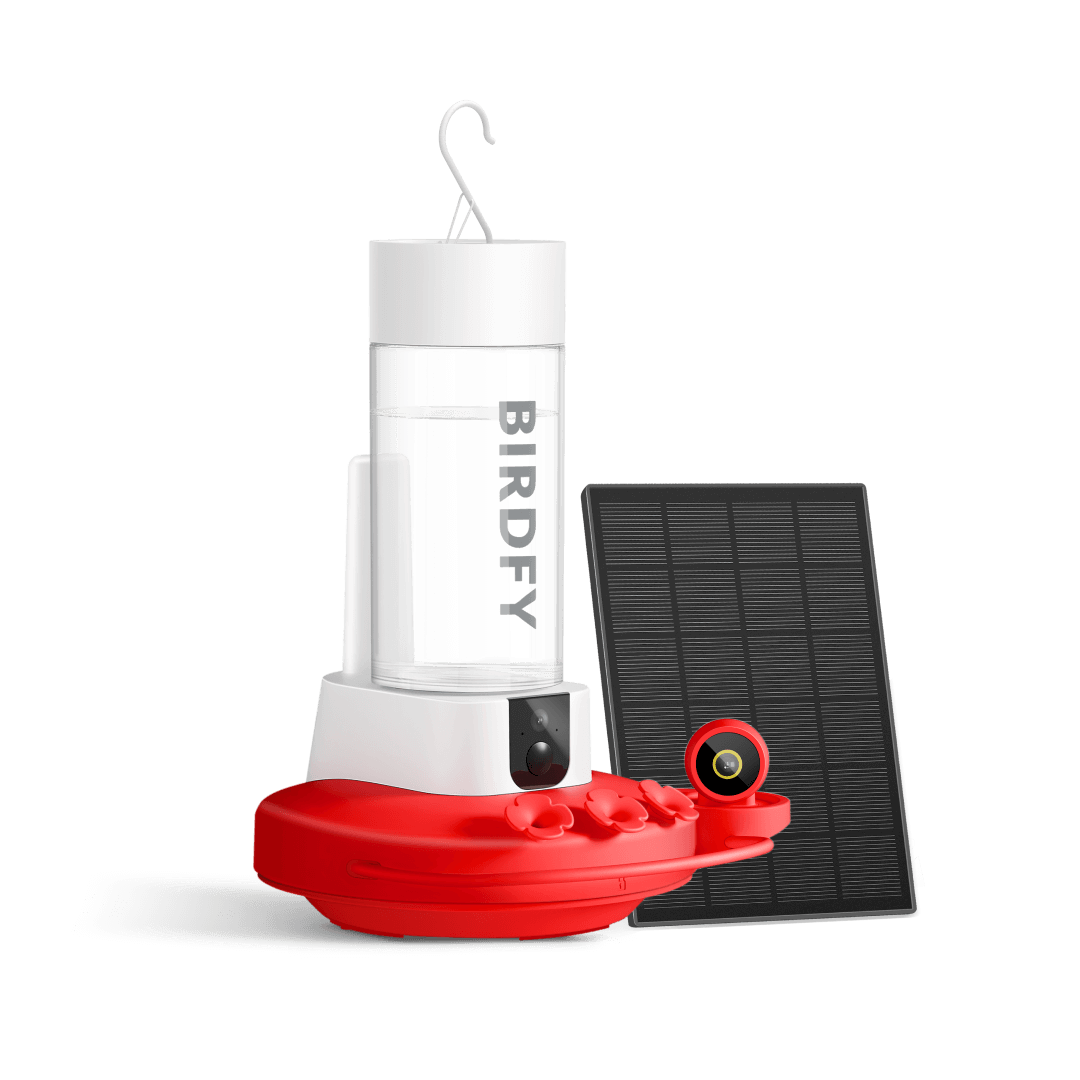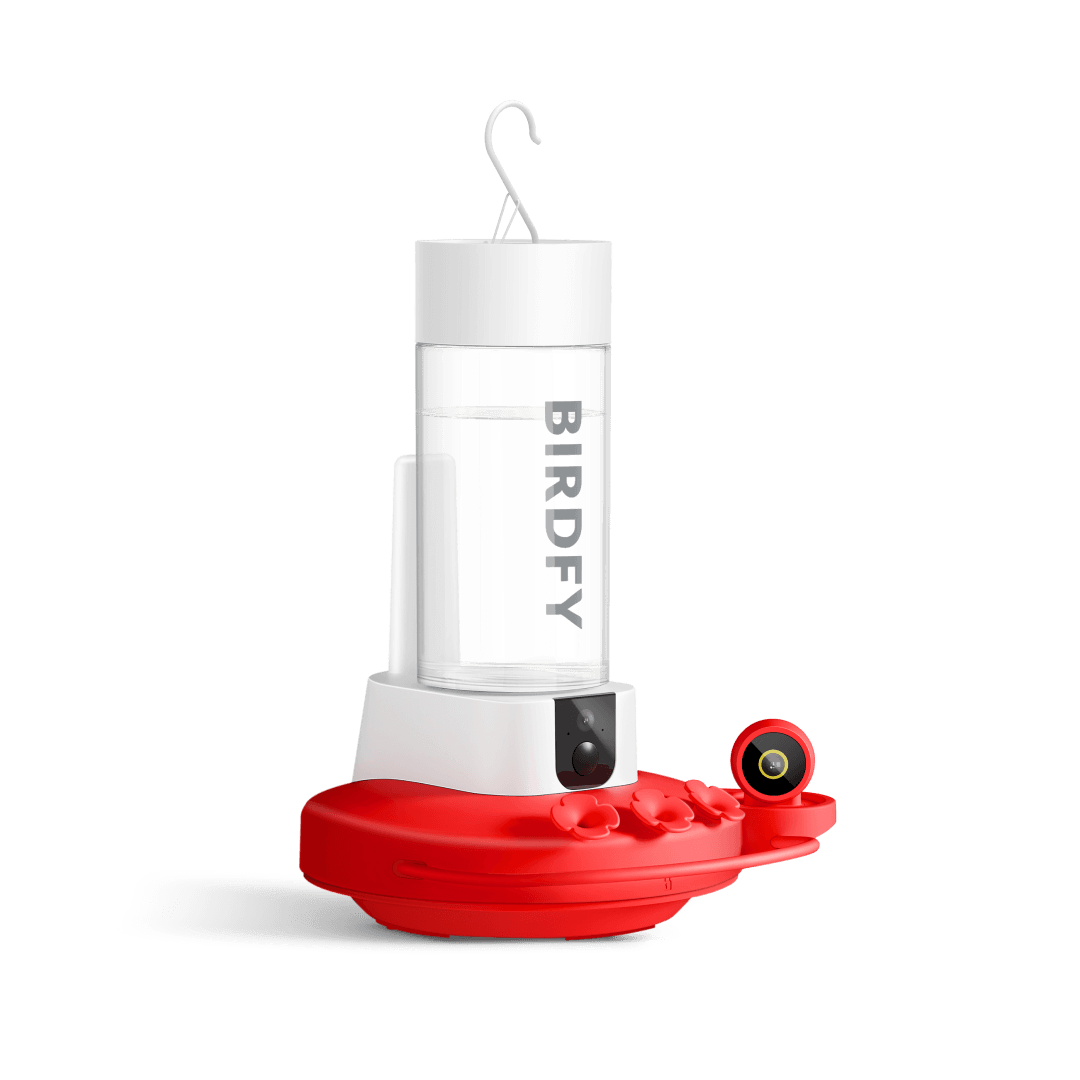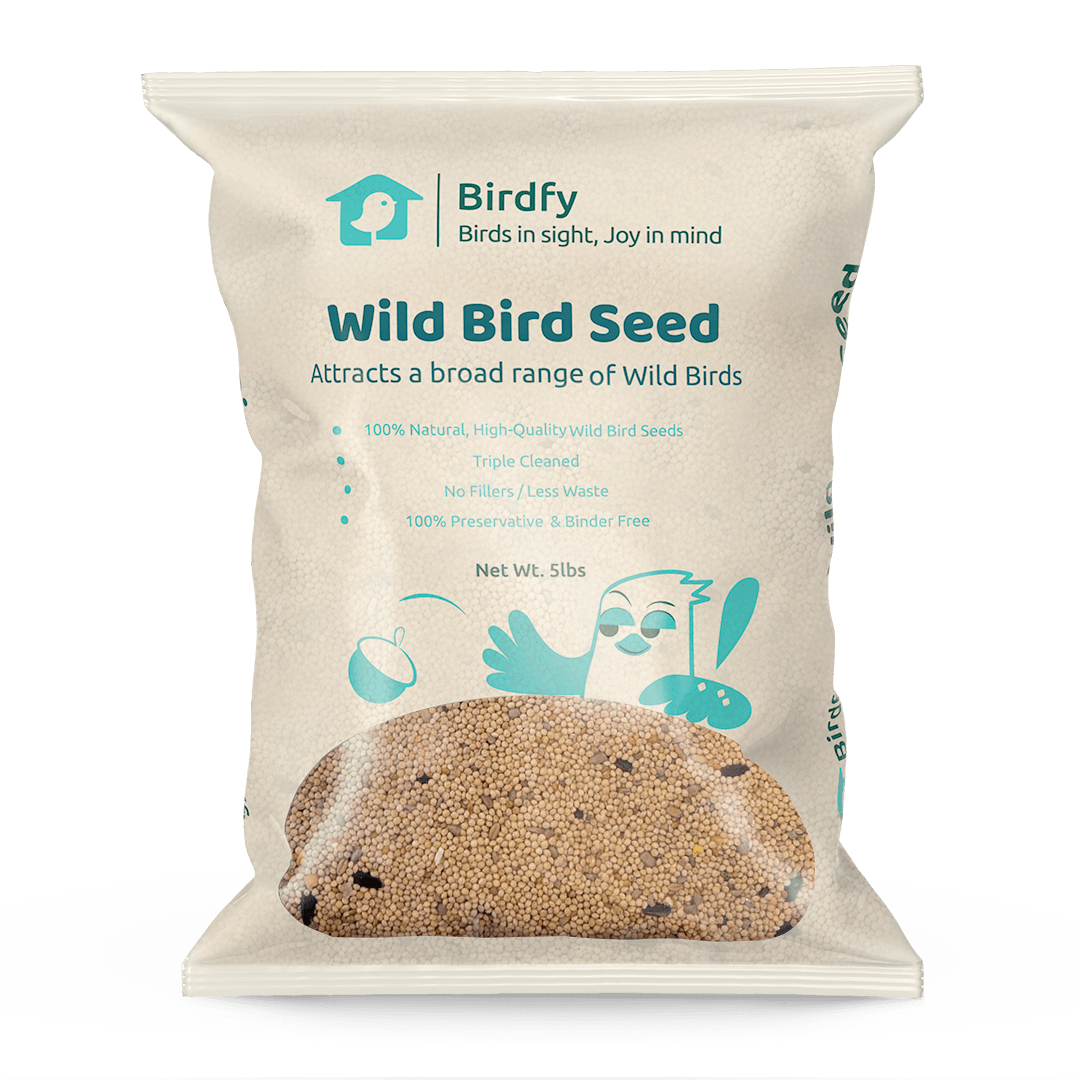Mourning Dove Egg Care and Nests Facts
Mourning doves are one of North America's most common and loved bird species, known for their tender, plaintive coos and swish appearance. These birds are often noticed perched on strength traces or foraging on the floor for seeds, but their nesting conduct is similarly fascinating. Mourning dove nesting behavior is specific, with both mother and father gambling a role in constructing the nest, incubating the eggs, and caring for their young. Their nests are regularly simple and fragile, yet mourning doves raise more than one brood yearly, making them incredibly prolific.
Understanding mourning dove nesting habits can provide valuable insights into how those birds survive in urban and rural environments. This article will discover the intricacies of mourning dove nesting, laying, and egg care, highlighting how these outstanding birds nurture their younger and adapt to their environment.
What Do Mourning Dove Nests Look Like?
Mourning dove nests are simple and loosely constructed, often appearing flimsy and shallow. Made from pine needles, grass stems, and small twigs, these nests are sparse with visible gaps but still serve the birds well. The nests are typically 6 to 7 inches wide and 3 inches deep despite their delicate appearance.

More mourning doves may reuse old nests from other birds or artificial platforms to save time and effort. Their quick-to-build structure requires a solid, sheltered location to protect the eggs and fledglings from predators and harsh weather.
When Does Mourning Dove Nesting Season Start And End?
Mourning dove nesting season usually spans from early spring to overdue summer, various barely relying on the place. In hotter climates, together with the southern United States, doves might also begin nesting as early as February and continue through October. In less warm areas, the season may start in March or April and stop in September.
During the nesting season, mourning doves can raise more than one brood—often two to a few, but on occasion, up to five. This common nesting facilitates maintaining their population, compensating for the fact that many of their younger do not live on due to predators. Mourning doves are recognized for reusing nests from preceding seasons or building on the pinnacle of vintage ones, allowing them to start new broods quickly.
Mourning Dove Nesting Material
Mourning doves use various natural materials to construct their nests, but the construction method is minimal compared to other bird species. Twigs are the primary constructing cloth, but they also acquire grass, pine needles, and other small plant substances. Occasionally, mourning doves may include gentle substances like feathers or rootlets into the nest, but this isn't common.
Interestingly, mourning doves rely more on the stability of the vicinity than the sturdiness of the nest itself. They place their nests in areas that offer help, including the crook of a tree branch or a dense shrub, minimizing the need for a tightly woven structure.
Mourning Doves Male And Female: Who Makes Nests?
Males and females participate in nest construction in mourning dove pairs, but they have fantastic roles. The male accumulates most nesting materials, flying around to collect twigs, grasses, and other debris. Once the male returns the materials to the nesting site, the female arranges them to shape the nest.

This teamwork allows them to build nests quickly, which is critical throughout their long breeding season. After constructing the nest, each mother and father take turns incubating the eggs and caring for the young.
Do Mourning Doves Eat While Nesting?
Yes, mourning doves do eat at the same time as nesting. They have to preserve their power degrees to preserve incubating eggs and be concerned for their young. During the nesting duration, both male and female mourning doves leave the nest at periods to forage for meals. They take turns incubating the eggs, ensuring one figure is constantly at the nest while the opposite searches for seeds and food sources.
How To Feed Nesting Mourning Dove?
What do mourning doves eat when nesting? A reliable meal supply can assist mourning doves throughout their nesting duration. While mourning doves usually forage for their food, presenting them with seeds or grains in a bird feeder can make it less complicated for them to live near their nest and be aware of egg care.
Mourning doves primarily eat seeds like millet, cracked corn, sunflower seeds, and safflower, which they forage from the ground. They increase their food intake during nesting to support egg incubation and feed their young. Installing a ground-level or platform feeder near their nesting area helps them stay close to the nest and protect it from predators.
Unlike other birds, mourning doves drink by sucking water into their beaks. PA shallow birdbath near their nest ensures easy access to water, helping them stay hydrated throughout the nesting season. Creating a food and water source nearby fosters a nurturing environment for them.
How Long Does A Mourning Dove Nest?
Mourning doves are notably quick nesters compared to other bird species. Once the nest is built and the eggs are laid, it typically takes approximately two weeks (14 to 15 days) for the eggs to hatch. The incubation length is shared via both the male and female doves. After hatching, the nestling phase lasts every 12 to fifteen days before the young birds, called squabs, are ready to fledge.
This procedure may be completed within a month, from building the nest to the younger doves leaving it. However, mourning doves frequently raise more than one brood within 12 months, so they'll spend numerous months during the breeding season engaged in diverse nesting, incubating, and elevating their younger.
Do Mourning Doves Leave Their Nest?
Yes, mourning doves go away from their nest periodically, particularly during the incubation level. Both dad and mom take turns incubating the eggs, and they depart the nest to forage for food. The male typically incubates the eggs during the daytime, even as the female takes over at night. During those foraging breaks, the eggs are kept unattended for long because the non-incubating figure typically stays close by, maintaining watch over the nest.
After the eggs hatch, the parents continue this tag-team approach, feeding their young and taking turns watching them until they are vintage enough to be left alone for short intervals. As the fledglings develop and require more meals, the dad and mom's journeys from the nest boom in frequency and duration.
Mourning Dove Nests And Eggs
Mourning dove nests are manufactured from small twigs and grasses, with little structural integrity compared to nests built using different bird species. The nests are small, approximately six to seven inches wide, and shallow, frequently no more than two inches deep. Despite their fragile look, these nests can efficiently reside the dove’s eggs and protect them from mild climate disturbances.

A familiar snatch for mourning doves includes white, oval eggs. Occasionally, a third egg may be laid, but that is unusual. Both the male and female incubate the eggs for approximately 14 days. The eggs hatch into helpless, featherless squabs who rely entirely on their dad and mom for meals and warmth.
Do Mourning Doves Steal Nests?
Mourning doves do not typically borrow nests from other birds, as they opt to build their nests or reuse their preceding ones. However, they'll now and then take over deserted nests left by using other species, especially if the nest is in an appropriate location. Mourning doves are opportunistic in nesting, and instead of investing time and power in building a brand new nest, they will alter a vintage one to suit their needs.
How To Build A Mourning Dove Nesting Shelf?
Building a mourning dove nesting shelf is an easy assignment that may give those mild birds a secure place to raise their young. A nesting shelf mimics the natural ledges and flat surfaces where mourning doves like to build their nests.
To build a mourning dove nesting shelf:
· Materials:
Untreated wood creates a platform measuring around 8 to 10 inches square. Attach a lower back panel about 12 inches excessive to offer guidance and protection.
· Placement:
Install the shelf about five to fifteen feet off the ground in a tree or at the side of a building, ideally in a sheltered location far away from direct daylight and robust winds.
· Decorate:
Place some twigs or portions of dried grass on the shelf to encourage the doves to apply it for nesting.
How To Keep Mourning Doves From Building A Nest?
Many people like to have mourning doves coying in their yard, but in some cases, they are likely to nest in places such as on the windowsill or the porch light. If you want to prevent mourning doves from building a nest in a specific area, there are a few steps you can take:
· Block Access:
Cover ability nesting spots with netting, plastic spikes, or screens to save the doves from settling in the one's regions.
· Remove Materials:
If you notice doves collecting materials to construct a nest in an unwanted spot, remove the twigs and other debris as quickly as feasible to deter them.
· Visual Deterrents:
Hang reflective items, which include aluminum foil strips or CDs, close to the place to scare the doves away.
Mourning Dove Nesting Symbolism
The mourning dove symbolizes peace, love, and hope in ancient civilizations. Since pigeons approach all individuals politely, coo softly, and take their parental chores seriously, they have become symbols of many cultures.
Mourning dove nesting meaning is generally attributed to symbols of rebirth and new life. These birds are known to hatch more than one clutch per year and, therefore, can signify persistence, fecundity, or the perpetuation of life in its broadest sense. Their peaceful presence while caring for their young also represents devotion, nurturing, and the beauty of family bonds.
In some spiritual traditions, mourning doves are seen as messengers of comfort during times of sorrow, symbolizing the presence of loved ones who have passed. Spotting a nesting dove near one's home is a positive omen, bringing peace and reassurance.
Conclusion
Mourning doves are wonderful birds acknowledged for their simple nesting behavior, prolific breeding, and dedicated parenting. Their fragile nests, constructed with minimum substances, replicate their adaptability to various environments. Both females and males share responsibilities, from nest construction to egg incubation and feeding their young. With the potential to raise a couple of broods in a season, mourning doves embody resilience and nurturing care. Their presence and nesting behavior convey deep symbolic meanings of peace, renewal, and family bonds.
Share
2 comments
Sparrows, I think, were nesting on an eve under our deck. They vaccated the nest. About 10 days later, mourning doves are rebuilding the nest! I’m thrilled! We moved to PA recently leaving my beloved mourning doves in NJ. …. I like to think they moved here to be close to me!
Wonderful and helpful article. On our patio in an urn filled with dirt waiting for flowers to be planted in it. I’m hoping that the landscapers know how to handle this situation.





